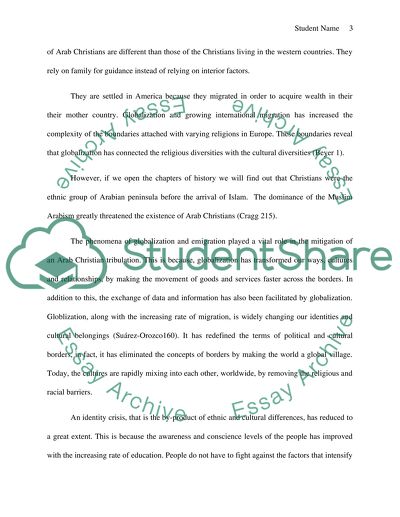Cite this document
(“What impact does emigration among ethnic Arab christians from the Dissertation”, n.d.)
Retrieved from https://studentshare.org/sociology/1407865-what-impact-does-emigration-among-ethnic-arab-christians-from-the-middle-east-to-the-us-have-on-their-identity-crisis
Retrieved from https://studentshare.org/sociology/1407865-what-impact-does-emigration-among-ethnic-arab-christians-from-the-middle-east-to-the-us-have-on-their-identity-crisis
(What Impact Does Emigration Among Ethnic Arab Christians from the Dissertation)
https://studentshare.org/sociology/1407865-what-impact-does-emigration-among-ethnic-arab-christians-from-the-middle-east-to-the-us-have-on-their-identity-crisis.
https://studentshare.org/sociology/1407865-what-impact-does-emigration-among-ethnic-arab-christians-from-the-middle-east-to-the-us-have-on-their-identity-crisis.
“What Impact Does Emigration Among Ethnic Arab Christians from the Dissertation”, n.d. https://studentshare.org/sociology/1407865-what-impact-does-emigration-among-ethnic-arab-christians-from-the-middle-east-to-the-us-have-on-their-identity-crisis.


